Popular
How to Build the Perfect Oral Care Routine in 2025
Jul 30
Why Your Gums Bleed and How to Fix It Fast in 2025
Jul 30
Top 5 Oral Care Mistakes and How BrushO Fixes Them
Jul 29
What Makes a Toothbrush “Smart”?
Jul 22
BrushO Smart Toothbrush: Gentle, Powerful, Travel-Friendly
Jul 19
BrushO: The Future of Smart Oral Care—Redefining the Way You Brush
Jul 17
Back
How to Keep Your Toothbrush Germ-FreeOct 21
Oct 21
Learn expert-backed tips on how to keep your electric toothbrush clean, prevent bacteria buildup, and protect your oral health—featuring smart hygiene benefits of the BrushO toothbrush.
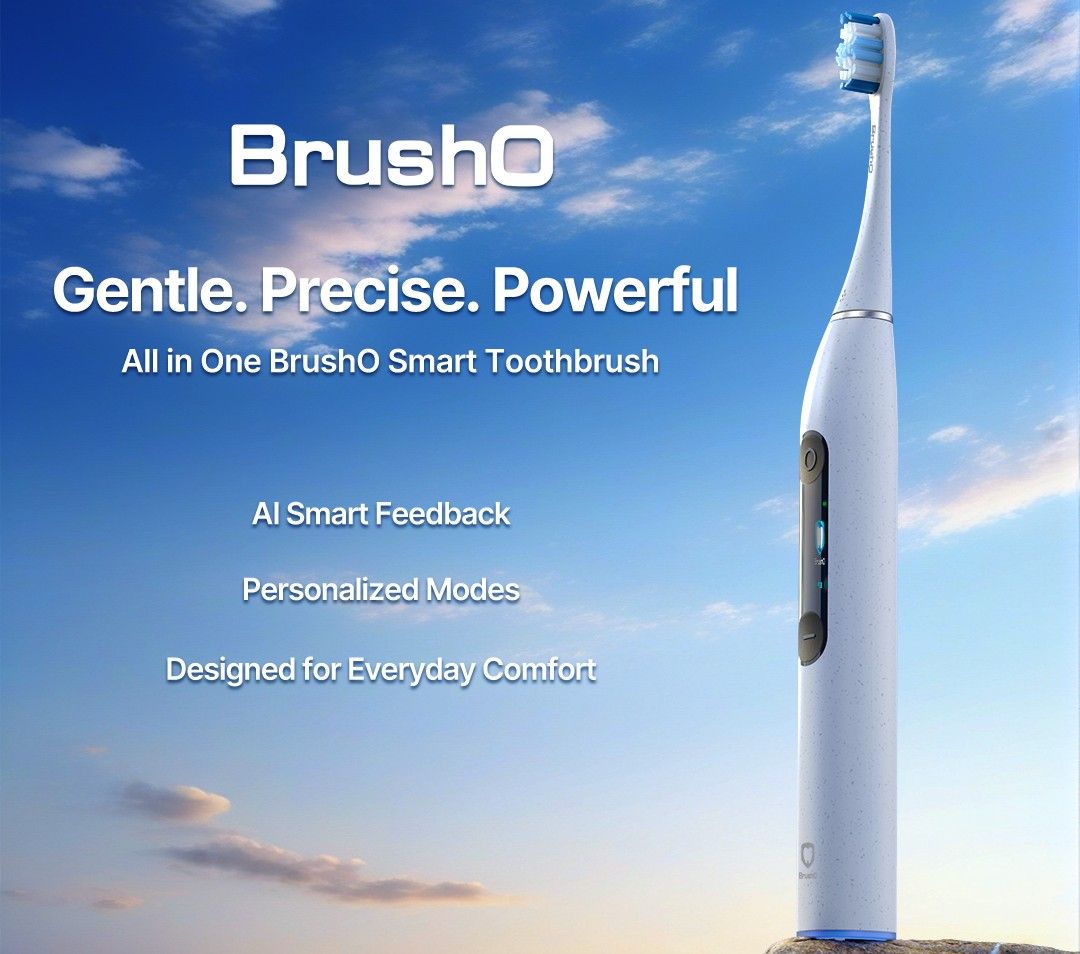
Why Toothbrush Hygiene Matters
Many people focus on brushing techniques but overlook how dirty a toothbrush can get. Studies show that toothbrushes can harbor up to 10 million bacteria, including E. coli and Staphylococcus aureus, especially when stored in damp environments.
Neglecting toothbrush hygiene can result in:
- Gum infections
- Recontamination of the mouth after illness
- Bacterial growth may reduce brushing effectiveness
🚨 Did You Know?
The American Dental Association recommends replacing toothbrush heads every 3 months or sooner if bristles become frayed.
How Germs Build Up on Your Toothbrush
🦠 Common Sources of Contamination
- Bathroom air particles (especially from flushing toilets)
- Improper storage: keeping the brush in a closed, humid container
- Touching other brushes in shared holders
- Using unwashed hands when brushing
🪥 Electric Toothbrush vs Manual
Electric toothbrushes are more effective at removing plaque, but their heads can still attract bacteria if not properly maintained. Many users forget to clean or sanitize the handle, charging dock, or bristle base.
How to Keep Your Toothbrush Germ-Free
🧼 1. Rinse Thoroughly After Every Use
Use hot water to rinse bristles after brushing. Remove any visible debris and shake off excess water.
🫙 2. Store Upright & Ventilated
Let your toothbrush air dry in a vertical position. Avoid toothbrush caps that trap moisture.
BrushO Advantage: The BrushO charging base is designed to keep the brush upright with airflow, reducing bacterial buildup.
🧴 3. Deep Clean Weekly
Soak the brush head in:
- Antibacterial mouthwash for 15 minutes
- A 1:1 mixture of water and white vinegar
- Or use UV sterilizers (if compatible)
🔁 4. Replace Brush Heads Regularly
Every 3 months is the general rule—or sooner if you’re sick or see bristles deforming.
Tip: BrushO’s smart reminder alerts you when it’s time to change your brush head.
Extra Hygiene with AI-Powered Smart Features
Smart toothbrushes like BrushO don’t just optimize cleaning—they also enhance hygiene with features like:
📊 Real-Time Feedback
Detects areas missed and recommends rebrushing, reducing residue buildup.
📱 Personalized Brushing Report
Tracks your habits so you know how well you’re maintaining hygiene.
💧 IPX7 Waterproof
Allows safe rinsing of the entire device after use.
Common Toothbrush Cleaning Questions
Should I Use Boiling Water to Clean My Brush?
No. Boiling may deform the bristles or damage electric components. Use warm water or gentle disinfectants instead.
Can I Keep My Toothbrush in a Drawer?
Only if it’s dry and ventilated, enclosed, moist areas are breeding grounds for bacteria.
Should I Replace My Brush After Illness?
Yes. Especially after strep throat, flu, or COVID-19—to avoid reinfection.
Final Thoughts
Keeping your toothbrush clean is as important as brushing itself. With a smart routine and the right tools, like the AI-powered BrushO toothbrush, you can maintain a hygienic, effective, and bacteria-free brushing experience.
Popular
How to Build the Perfect Oral Care Routine in 2025
Jul 30
Why Your Gums Bleed and How to Fix It Fast in 2025
Jul 30
Top 5 Oral Care Mistakes and How BrushO Fixes Them
Jul 29
What Makes a Toothbrush “Smart”?
Jul 22
BrushO Smart Toothbrush: Gentle, Powerful, Travel-Friendly
Jul 19
BrushO: The Future of Smart Oral Care—Redefining the Way You Brush
Jul 17
Recent Posts
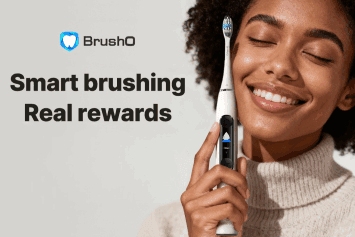
Can Poor Oral Care Impact Your Skin?
Discover the surprising connection between oral health and skin problems like acne and premature aging. Learn how poor brushing habits can affect your complexion — and how AI toothbrushes like BrushO can help prevent it.
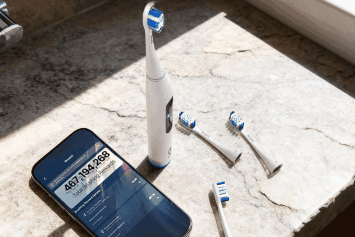
How AI Can Be Your Smartest Assistant in Health and Daily Life
Discover how artificial intelligence (AI) is transforming health, wellness, and daily routines—from smart toothbrushes like BrushO to wearable tech and mental health apps. Learn how AI can become your smartest personal health assistant.
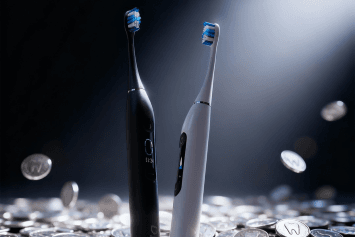
The Difference Between Brushing and Truly Cleaning Your Teeth
Think brushing your teeth is enough? Discover the key difference between brushing and truly cleaning your teeth — and how BrushO helps ensure complete, dentist-level oral hygiene every day.
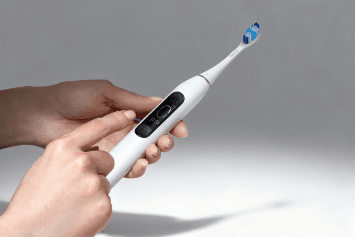
How to Use a Smart Toothbrush for the First Time
Discover how to use a smart toothbrush for the first time and unlock its full potential. Learn tips for setup, usage, and long-term oral health tracking with BrushO.
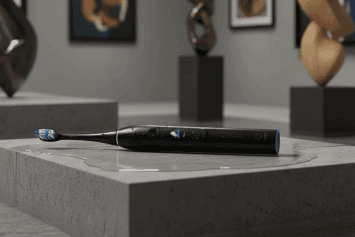
The Best Way to Brush After Eating Sweets
Learn how to protect your teeth after indulging in sugary treats. Discover the safest time and method to brush after eating sweets—and how BrushO helps prevent sugar-related damage.
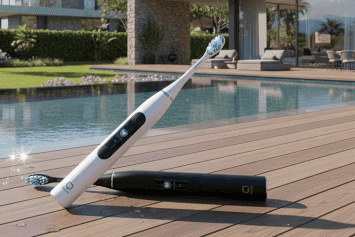
How to Brush Better When You’re in a Rush
Learn how to brush your teeth effectively even during the busiest mornings. Discover time-saving tips, smart brushing techniques, and how BrushO helps maintain oral health on the go.
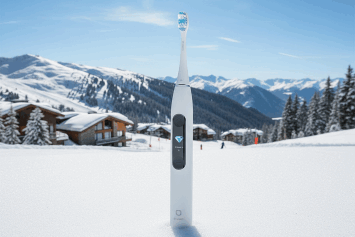
How Clean Is Your Toothbrush Really?
Think your toothbrush is clean? Think again. Discover the hidden bacteria on your brush, how often to replace it, and how smart toothbrushes like BrushO help you stay truly hygienic.
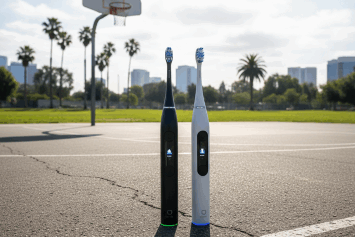
The Smartest Travel Toothbrush for Your Next Trip
Looking for the best electric toothbrush for travel? Discover why BrushO is the ultimate smart companion with long battery life, wireless charging, and AI-guided brushing—perfect for on-the-go oral care.
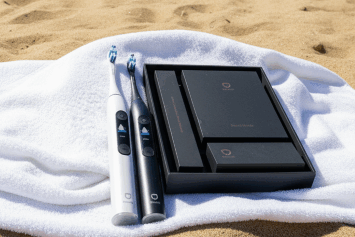
Why You Brush Ineffectively?
Think you’re brushing correctly? You might be doing it wrong. Discover why most people brush ineffectively and how BrushO’s smart toothbrush can help fix it with real-time feedback and AI guidance.

Are You Brushing the Same Way You Did 10 Years Ago?
Still brushing your teeth like it’s 2015? Discover how outdated techniques and tools may be harming your oral health, and learn how AI-powered toothbrushes like BrushO can upgrade your daily routine.
